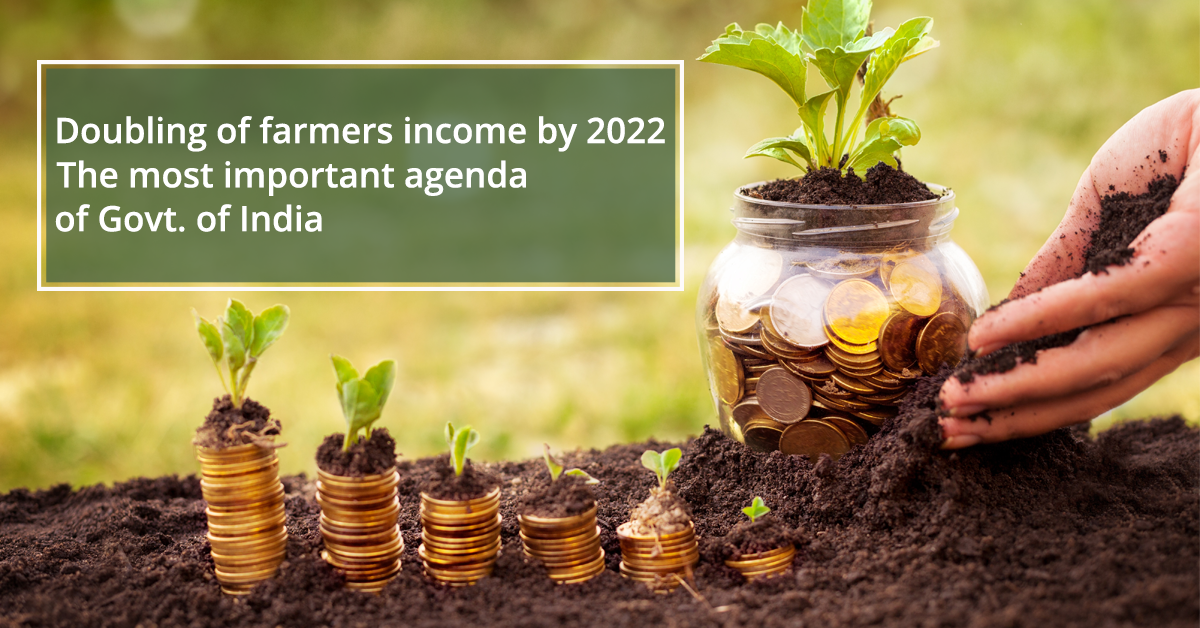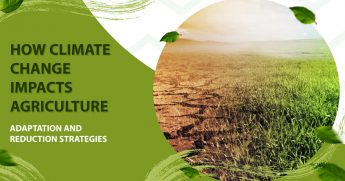The previous agricultural sector development strategy in India focused primarily on increasing agricultural output and improving food security. The net result was a 45% increase in food production per person, which made India not only food self-sufficient at the aggregate level, but also a net exporting country for food.
The strategy did not explicitly recognise the need to increase the income of farmers and did not mention any direct measures to encourage the welfare of farmers.The net result was that the income of farmers, which is abundantly clear from the incidence of poverty among farm households, remained low. Low and highly fluctuating farm income seems to have a detrimental impact on interest in agriculture and farm investment, and is also forcing more and more farmers, especially younger age groups, to leave farming. This can have a serious adverse effect on the future of the country’s agriculture.It is evident that a farmer’s revenue from agriculture is crucial in addressing agrarian distress (Chand 2016) and facilitating the welfare of farmers. In this context, the objective of doubling the income of farmers by 2022-23 is essential to promote the well-being of farmers, reducing agrarian distress and bringing about parity between farmers’ incomes and those working in non-agricultural professions.
- The concept and timeframe
In order to assess the possibility of doubling farmers’ incomes, clarity on the following points is valuable. These points of are:
- What is the period and target year for the doubling of farm income?
- Output, value added or income earned by farmers from agricultural activities are what should be doubled;
- Whether nominal income ought to be doubled or whether real income is to be doubled; and
- Whether the targeted income encompasses only income derived from agricultural activities or whether it incorporates farmers’ income from other sources as well.
It is thus clear that the targeted year for doubling farmers’ current income or income for the 2015-16 agricultural year is the 2022-23 agricultural year, which is seven years away from the 2015-16 base year. If anything is to be doubled around the year 2022-23, the 10.4 per cent annual growth rate will be necessary. Again, what is anticipated to be doubled should indeed be clarified.
- Is it the farmers’ income, or the sector’s production or income, or the agriculture sector’s value added or is it GDP?
If technologies, input costs, salaries and labour usage will contribute to cost savings per unit, then the income of families would grow at a much higher rate than the output. Production was 2.65 times in absolute terms, while farmers’ income tripled in the seven-year period. Therefore, doubling the income of farmers should not be considered the same as doubling farm output.
- Growth in farmers Income and its Sources
Doubling farmers’ real incomes by 2022-23 over the 2015-16 base year needs a 10.41 percent annual increase in farmers’ incomes. This indicates that it is necessary to sharply increase the on-going and previously achieved rate of growth in farm income. Strong initiatives would also be necessary to harness all potential sources of growth in the income of farmers within and outside the agricultural sector.
Within the agriculture sector, the main sources of development are:
- Productivity growth
- Efficiency in resource usage or savings in manufacturing costs
- increasing the cropping intensity
- Diversification into crops of high value
- Farmers’ Income Improvement Strategy
It is wise to bring the causes of growth in productivity and categorize profits into four groups.
- Initiatives for growth, including infrastructure
- Technology
- Policies, and Regulations
- Mechanisms of institution
- Roadmap and Plan for Action
Seven sources of growth have been established by the quantitative system for doubling the income of farmers. They are:
- Increase in crop production
- Increase in livestock production
- Improvement of input usage efficiency (cost saving)
- Increase in intensity of crops
- Diversification into crops of high value
- Improved realisation of costs by farmers
- Shift of farmers to non-farm employment
Conclusion-
A persistent low level of income for farmers can have a serious adverse effect on the future of the country’s agriculture. Adequate attention needs to be given to promoting the wellbeing of farmers and increasing agricultural income in order to secure the future of agriculture and to enhance the productivity of half of the Indian population. Achieving this objective will reduce the persistent disparity between farm income and non-farm income, alleviate agrarian distress, promote inclusive growth and stimulate agricultural dynamism. We at Padgilwar Corporation are engaged in the manufacturing high-quality range of engine-operated sprayers, water pumps, farm machinery, etc that aid the government’s effort of Doubling of Farmers income by 2022. We are based in Pune, Maharashtra and connected to the renowned industry suppliers who help us provide a qualitative range of products according to the global standards.



